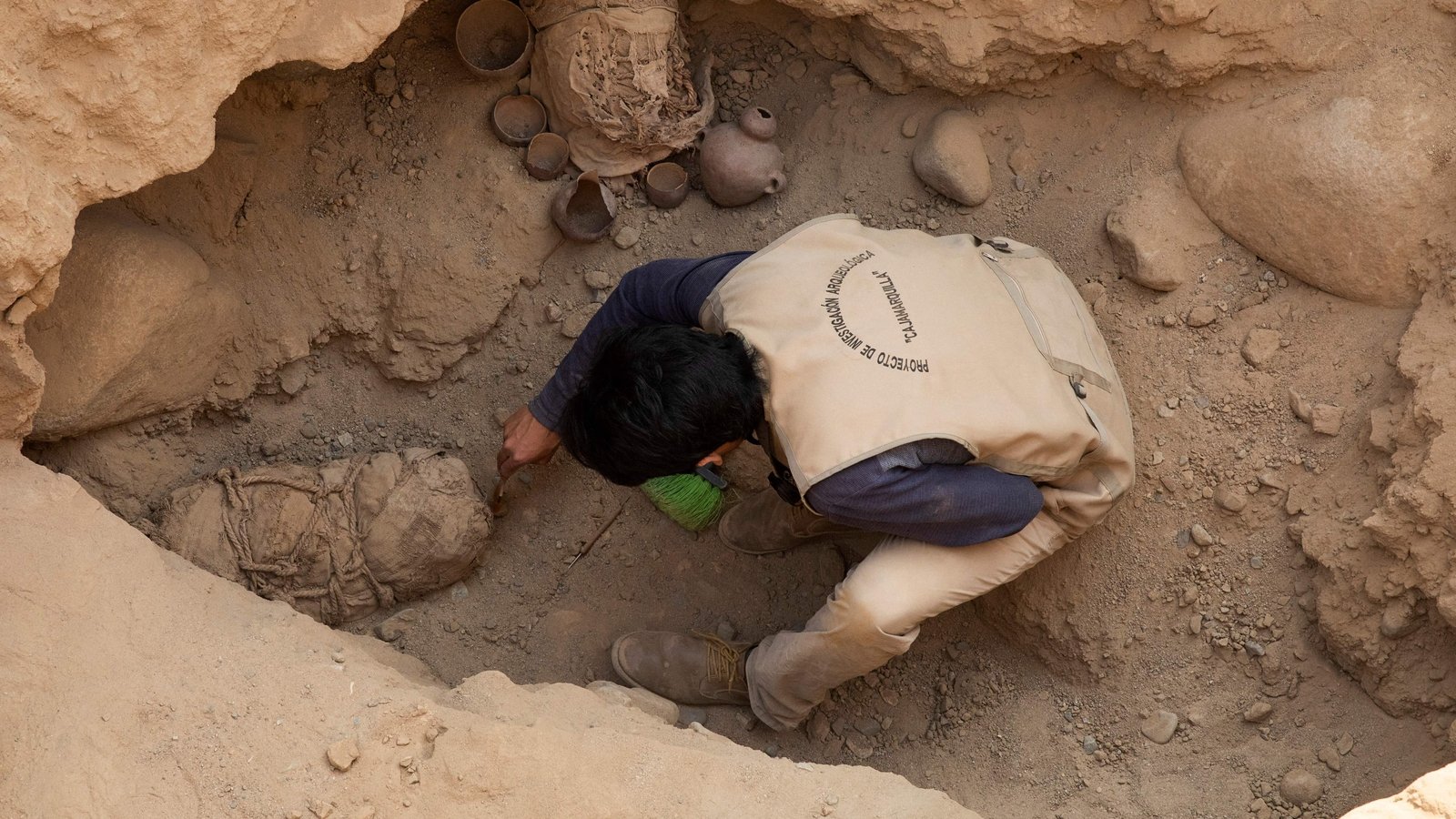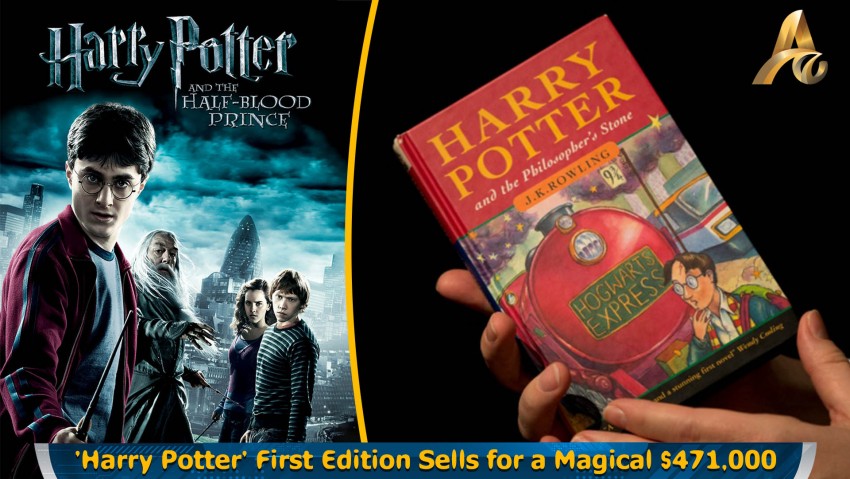| App.php |
APPPATH/Config/App.php |
| Autoload.php |
APPPATH/Config/Autoload.php |
| BaseController.php |
APPPATH/Controllers/BaseController.php |
| Cache.php |
APPPATH/Config/Cache.php |
| ClassLoader.php |
VENDORPATH/composer/ClassLoader.php |
| CliRenderer.php |
VENDORPATH/kint-php/kint/src/Renderer/CliRenderer.php |
| Common.php |
APPPATH/Common.php |
| Config.php |
APPPATH/Libraries/Config.php |
| Constants.php |
APPPATH/Config/Constants.php |
| ContentSecurityPolicy.php |
APPPATH/Config/ContentSecurityPolicy.php |
| Crud.php |
APPPATH/Libraries/Crud.php |
| CrudModel.php |
APPPATH/Models/CrudModel.php |
| Crud_core.php |
APPPATH/Libraries/Crud_core.php |
| Database.php |
APPPATH/Config/Database.php |
| Events.php |
APPPATH/Config/Events.php |
| Exceptions.php |
APPPATH/Config/Exceptions.php |
| Filters.php |
APPPATH/Config/Filters.php |
| Format.php |
APPPATH/Libraries/Format.php |
| Functions.php |
VENDORPATH/phpunit/phpunit/src/Framework/Assert/Functions.php |
| Home.php |
APPPATH/Controllers/Home.php |
| KhmerDateTime.php |
APPPATH/Libraries/KhmerDateTime.php |
| Kint.php |
APPPATH/Config/Kint.php |
| Kint.php |
VENDORPATH/kint-php/kint/src/Kint.php |
| Logger.php |
APPPATH/Config/Logger.php |
| Modules.php |
APPPATH/Config/Modules.php |
| Pager.php |
APPPATH/Config/Pager.php |
| Paths.php |
APPPATH/Config/Paths.php |
| Renderer.php |
VENDORPATH/kint-php/kint/src/Renderer/Renderer.php |
| RichRenderer.php |
VENDORPATH/kint-php/kint/src/Renderer/RichRenderer.php |
| Routes.php |
APPPATH/Config/Routes.php |
| Services.php |
APPPATH/Config/Services.php |
| TextRenderer.php |
VENDORPATH/kint-php/kint/src/Renderer/TextRenderer.php |
| Toolbar.php |
APPPATH/Config/Toolbar.php |
| UserAgents.php |
APPPATH/Config/UserAgents.php |
| Utils.php |
VENDORPATH/kint-php/kint/src/Utils.php |
| View.php |
APPPATH/Config/View.php |
| autoload.php |
VENDORPATH/autoload.php |
| autoload_real.php |
VENDORPATH/composer/autoload_real.php |
| autoload_static.php |
VENDORPATH/composer/autoload_static.php |
| deep_copy.php |
VENDORPATH/myclabs/deep-copy/src/DeepCopy/deep_copy.php |
| development.php |
APPPATH/Config/Boot/development.php |
| footer.php |
APPPATH/Views/footer.php |
| function.php |
VENDORPATH/symfony/deprecation-contracts/function.php |
| header.php |
APPPATH/Views/header.php |
| index.php |
FCPATH/index.php |
| init.php |
VENDORPATH/kint-php/kint/init.php |
| init_helpers.php |
VENDORPATH/kint-php/kint/init_helpers.php |
| news.php |
APPPATH/Views/news.php |
| pagination.php |
APPPATH/Views/admin/cmps/pagination.php |
| platform_check.php |
VENDORPATH/composer/platform_check.php |
| AutoloadConfig.php |
SYSTEMPATH/Config/AutoloadConfig.php |
| Autoloader.php |
SYSTEMPATH/Autoloader/Autoloader.php |
| BaseBuilder.php |
SYSTEMPATH/Database/BaseBuilder.php |
| BaseCollector.php |
SYSTEMPATH/Debug/Toolbar/Collectors/BaseCollector.php |
| BaseConfig.php |
SYSTEMPATH/Config/BaseConfig.php |
| BaseConnection.php |
SYSTEMPATH/Database/BaseConnection.php |
| BaseHandler.php |
SYSTEMPATH/Cache/Handlers/BaseHandler.php |
| BaseHandler.php |
SYSTEMPATH/Session/Handlers/BaseHandler.php |
| BaseResult.php |
SYSTEMPATH/Database/BaseResult.php |
| BaseService.php |
SYSTEMPATH/Config/BaseService.php |
| Builder.php |
SYSTEMPATH/Database/MySQLi/Builder.php |
| CacheFactory.php |
SYSTEMPATH/Cache/CacheFactory.php |
| CacheInterface.php |
SYSTEMPATH/Cache/CacheInterface.php |
| CodeIgniter.php |
SYSTEMPATH/CodeIgniter.php |
| Common.php |
SYSTEMPATH/Common.php |
| Config.php |
SYSTEMPATH/Database/Config.php |
| Connection.php |
SYSTEMPATH/Database/MySQLi/Connection.php |
| ConnectionInterface.php |
SYSTEMPATH/Database/ConnectionInterface.php |
| ContentSecurityPolicy.php |
SYSTEMPATH/HTTP/ContentSecurityPolicy.php |
| Controller.php |
SYSTEMPATH/Controller.php |
| Database.php |
SYSTEMPATH/Database/Database.php |
| Database.php |
SYSTEMPATH/Debug/Toolbar/Collectors/Database.php |
| DebugToolbar.php |
SYSTEMPATH/Filters/DebugToolbar.php |
| DotEnv.php |
SYSTEMPATH/Config/DotEnv.php |
| Events.php |
SYSTEMPATH/Debug/Toolbar/Collectors/Events.php |
| Events.php |
SYSTEMPATH/Events/Events.php |
| Exceptions.php |
SYSTEMPATH/Debug/Exceptions.php |
| Factories.php |
SYSTEMPATH/Config/Factories.php |
| Factory.php |
SYSTEMPATH/Config/Factory.php |
| FileHandler.php |
SYSTEMPATH/Cache/Handlers/FileHandler.php |
| FileHandler.php |
SYSTEMPATH/Session/Handlers/FileHandler.php |
| FileLocator.php |
SYSTEMPATH/Autoloader/FileLocator.php |
| Files.php |
SYSTEMPATH/Debug/Toolbar/Collectors/Files.php |
| FilterInterface.php |
SYSTEMPATH/Filters/FilterInterface.php |
| Filters.php |
SYSTEMPATH/Filters/Filters.php |
| FormatRules.php |
SYSTEMPATH/Validation/FormatRules.php |
| Header.php |
SYSTEMPATH/HTTP/Header.php |
| IncomingRequest.php |
SYSTEMPATH/HTTP/IncomingRequest.php |
| Logger.php |
SYSTEMPATH/Log/Logger.php |
| LoggerAwareTrait.php |
SYSTEMPATH/ThirdParty/PSR/Log/LoggerAwareTrait.php |
| LoggerInterface.php |
SYSTEMPATH/ThirdParty/PSR/Log/LoggerInterface.php |
| Logs.php |
SYSTEMPATH/Debug/Toolbar/Collectors/Logs.php |
| Message.php |
SYSTEMPATH/HTTP/Message.php |
| MessageInterface.php |
SYSTEMPATH/HTTP/MessageInterface.php |
| MessageTrait.php |
SYSTEMPATH/HTTP/MessageTrait.php |
| Modules.php |
SYSTEMPATH/Modules/Modules.php |
| Pager.php |
SYSTEMPATH/Pager/Pager.php |
| PagerInterface.php |
SYSTEMPATH/Pager/PagerInterface.php |
| PagerRenderer.php |
SYSTEMPATH/Pager/PagerRenderer.php |
| Query.php |
SYSTEMPATH/Database/Query.php |
| QueryInterface.php |
SYSTEMPATH/Database/QueryInterface.php |
| RendererInterface.php |
SYSTEMPATH/View/RendererInterface.php |
| Request.php |
SYSTEMPATH/HTTP/Request.php |
| RequestInterface.php |
SYSTEMPATH/HTTP/RequestInterface.php |
| RequestTrait.php |
SYSTEMPATH/HTTP/RequestTrait.php |
| Response.php |
SYSTEMPATH/HTTP/Response.php |
| ResponseInterface.php |
SYSTEMPATH/HTTP/ResponseInterface.php |
| ResponseTrait.php |
SYSTEMPATH/API/ResponseTrait.php |
| ResponseTrait.php |
SYSTEMPATH/HTTP/ResponseTrait.php |
| Result.php |
SYSTEMPATH/Database/MySQLi/Result.php |
| ResultInterface.php |
SYSTEMPATH/Database/ResultInterface.php |
| RouteCollection.php |
SYSTEMPATH/Router/RouteCollection.php |
| RouteCollectionInterface.php |
SYSTEMPATH/Router/RouteCollectionInterface.php |
| Router.php |
SYSTEMPATH/Router/Router.php |
| RouterInterface.php |
SYSTEMPATH/Router/RouterInterface.php |
| Routes.php |
SYSTEMPATH/Config/Routes.php |
| Routes.php |
SYSTEMPATH/Debug/Toolbar/Collectors/Routes.php |
| Services.php |
SYSTEMPATH/Config/Services.php |
| Session.php |
SYSTEMPATH/Session/Session.php |
| SessionInterface.php |
SYSTEMPATH/Session/SessionInterface.php |
| Time.php |
SYSTEMPATH/I18n/Time.php |
| Timer.php |
SYSTEMPATH/Debug/Timer.php |
| Timers.php |
SYSTEMPATH/Debug/Toolbar/Collectors/Timers.php |
| Toolbar.php |
SYSTEMPATH/Debug/Toolbar.php |
| URI.php |
SYSTEMPATH/HTTP/URI.php |
| UserAgent.php |
SYSTEMPATH/HTTP/UserAgent.php |
| View.php |
SYSTEMPATH/Config/View.php |
| View.php |
SYSTEMPATH/View/View.php |
| Views.php |
SYSTEMPATH/Debug/Toolbar/Collectors/Views.php |
| array_helper.php |
SYSTEMPATH/Helpers/array_helper.php |
| bootstrap.php |
SYSTEMPATH/bootstrap.php |
| form_helper.php |
SYSTEMPATH/Helpers/form_helper.php |
| text_helper.php |
SYSTEMPATH/Helpers/text_helper.php |
| url_helper.php |
SYSTEMPATH/Helpers/url_helper.php |






























